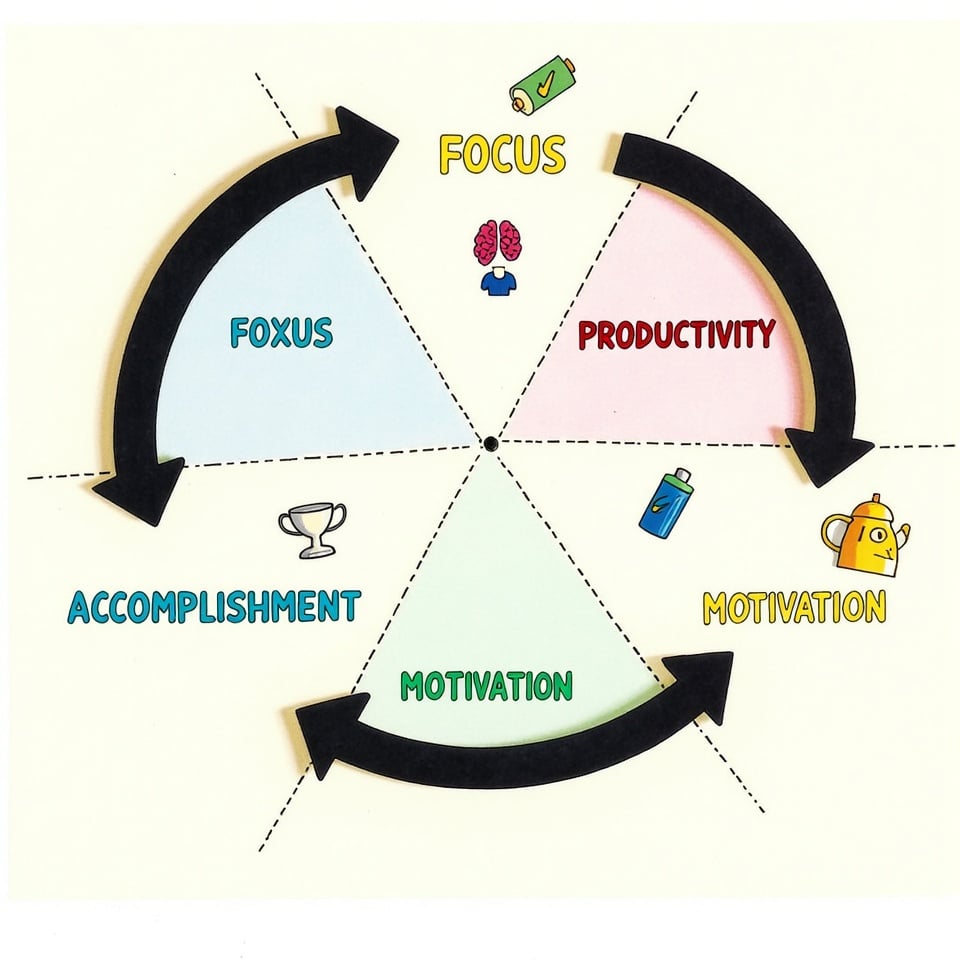As we communicate in English, it’s essential to grasp the fundamentals of sentence structure.
One crucial element is the direct object, which plays a vital role in conveying meaning and clarity.
In this article, we’ll delve into the world of direct objects, exploring what they are, how to identify them, and their significance in crafting effective sentences.
Table of Contents
What is a Direct Object?
A direct object is a noun, pronoun, or noun phrase that receives the action of a verb.
It answers the questions “what?” or “whom?” about the verb’s action. In other words, it’s the thing or person directly affected by the verb.
Direct objects can be concrete, such as a book or a chair, or abstract, like an idea or a feeling.
Examples of Direct Objects:
- In the sentence “She threw the ball,” “ball” is the direct object, as it receives the action of the verb “threw.”
- In the sentence “He ate a sandwich,” “sandwich” is the direct object, as it receives the action of the verb “ate.”
- In the sentence “The teacher explained the concept,” “concept” is the direct object, as it receives the action of the verb “explained.”
How to Identify Direct Objects:
To identify direct objects, follow these simple steps:
- Find the verb in the sentence.
- Ask “what?” or “whom?” about the verb’s action.
- The answer will be the direct object.
For example, in the sentence “The dog chased the cat,” the verb is “chased.” Asking “what?” about the verb’s action, we get “cat” as the direct object.
Types of Direct Objects:
Direct objects can be classified into several types:
- Concrete Direct Objects: These are tangible objects that can be perceived through our senses, such as a book, a chair, or a car.
- Abstract Direct Objects: These are intangible objects that cannot be perceived through our senses, such as an idea, a feeling, or a concept.
- Collective Direct Objects: These are groups of people, animals, or things, such as a team, a family, or a flock.
- Compound Direct Objects: These are two or more direct objects joined together, such as “I bought a book and a pen.”
Direct Objects vs. Indirect Objects: What’s the Difference?
While direct objects receive the action of a verb, indirect objects receive the direct object. Indirect objects typically answer the questions “to whom?” or “for whom?” about the verb’s action.
- In the sentence “She gave the book to her friend,” “book” is the direct object, and “her friend” is the indirect object.
- In the sentence “He bought a gift for his sister,” “gift” is the direct object, and “his sister” is the indirect object.
Complements: The Relationship Between Direct Objects and Linking Verbs
When a direct object is used with a linking verb (such as “be” or “seem”), it’s called a complement. The complement renames or describes the subject, providing more information about it.
- In the sentence “He is a doctor,” “doctor” is the complement, as it renames the subject “He.”
- In the sentence “She seems happy,” “happy” is the complement, as it describes the subject “She.”
Gerund Phrases as Direct Objects: A Special Case
Gerund phrases, which begin with a verb ending in “-ing,” can function as direct objects.
- In the sentence “I love eating ice cream,” “eating ice cream” is the direct object, as it receives the action of the verb “love.”
- In the sentence “She enjoys reading books,” “reading books” is the direct object, as it receives the action of the verb “enjoys.”
The Importance of Direct Objects in Effective Sentence Building
Direct objects help create clear and concise sentences by:
- Providing Clarity: Direct objects ensure the reader understands what or whom the verb is acting upon.
- Adding Depth: Direct objects can add layers of meaning to a sentence, making it more engaging and interesting.
- Enhancing Precision: By using direct objects, you can avoid ambiguity and ensure your message is conveyed accurately.
Common Mistakes to Avoid
When working with direct objects, it’s essential to avoid common mistakes that can lead to confusion or ambiguity:
- Incorrectly identifying direct objects: Make sure to ask “what?” or “whom?” about the verb’s action to identify the direct object correctly.
- Confusing direct objects with indirect objects: Remember that indirect objects receive the direct object, while direct objects receive the action of the verb.
- Using ambiguous language: Use clear and concise language to avoid ambiguity and ensure your message is conveyed accurately.
Tips for Using Direct Objects Effectively
To use direct objects effectively, follow these tips:
- Use specific and concrete language: Avoid using vague or abstract language, and opt for specific and concrete direct objects instead.
- Vary sentence structure: Mix up your sentence structure by using different types of direct objects, such as concrete, abstract, collective, and compound direct objects.
- Use active voice: Using active voice can help to create more engaging and dynamic sentences, as the subject performs the action on the direct object.
Practice Exercises
To practice identifying and using direct objects, try the following exercises:
- Identify the direct object in the following sentences:
- The dog chased the cat.
- She ate a sandwich.
- The teacher explained the concept.
- Rewrite the following sentences to use direct objects effectively:
- The manager gave the report to the team. (Use a specific and concrete direct object)
- The company will hire new employees. (Use a collective direct object)
- Create your own sentences using different types of direct objects, such as concrete, abstract, collective, and compound direct objects.
Wrapping it up
Direct objects are a fundamental aspect of English sentence structure. By understanding what they are, how to identify them, and their role in sentence building, you’ll become a more effective communicator. Remember, direct objects are the key to unlocking clear, concise, and engaging writing.
PS: Practice Makes Perfect!
Try identifying direct objects in your everyday conversations or writing. With practice, you’ll become more comfortable using direct objects to craft effective sentences that convey your message with clarity and precision.
By incorporating direct objects into your writing and conversation, you’ll take your English skills to the next level. Happy writing!







